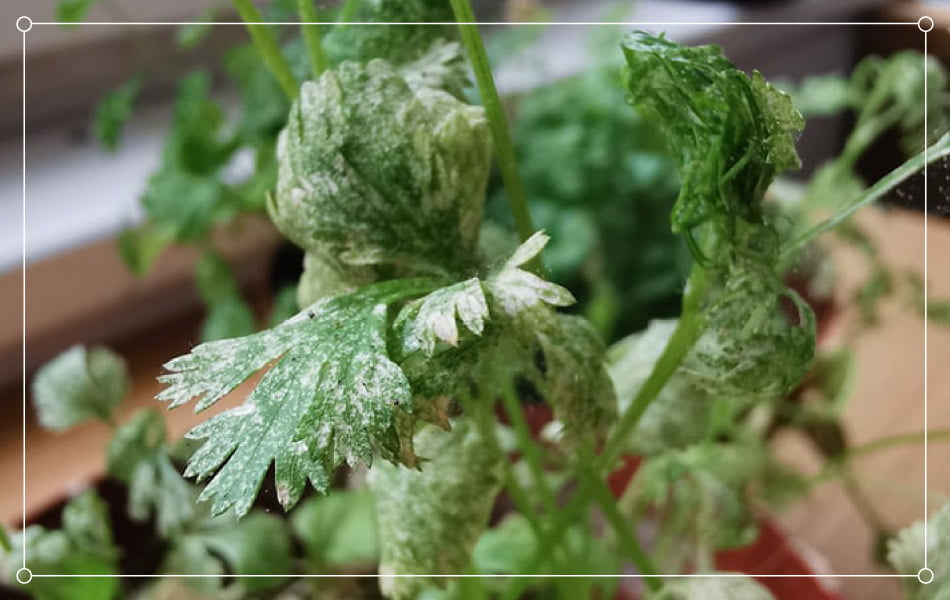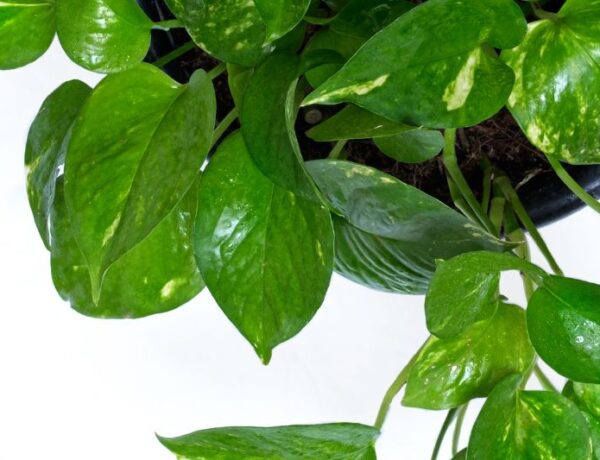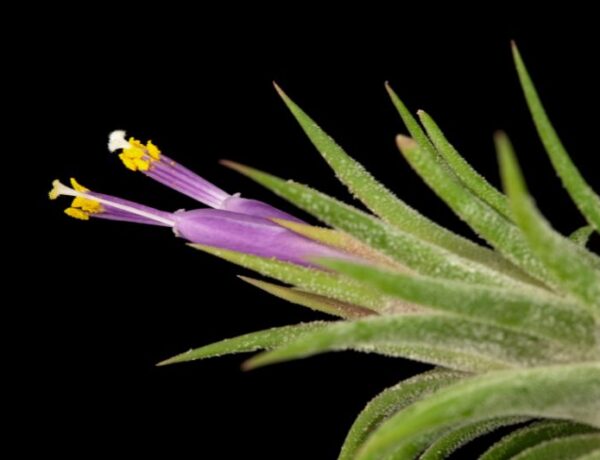Often invisible to the naked eye, spider mites are tiny arachnids that can cause significant harm to your cherished plants, both indoors and outdoors. These minuscule pests feed on plant juices by clustering on the undersides of leaves, causing substantial tissue damage that can stunt the plant’s growth and health.
However, with the right know-how, you can show these little critters who’s boss.
Table of Contents
The Signs of Spider Mite Damage
Spider mite damage is often more visible than the mites themselves. If you notice the following symptoms, your plant may be under attack:
- You notice a fine white webbing on your plant leaves.
- The leaves are turning yellow or looking speckled.
- The leaves are dry and covered with pale yellow spots.
- Leaves and needles are dropping prematurely.
- You spot white dots where the green should be (that’s the chlorophyll getting sucked out).

What are the prime Targets of Spider Mites?
Spider mites aren’t too picky, but they do have their favorites. Outdoors, they’re partial to cucurbits (like squash, pumpkins, cucumbers), beans, tomatoes, and a variety of trees and shrubs.
In your house, they tend to go for plants with thin, tender leaves. And they love a warm, dry day – so watch out for them when the weather heats up.
Strategies for Spider Mite Control and Elimination
Getting rid of spider mites takes some effort and dedication, but it’s not impossible. Here are some proven strategies to combat these tiny foes:
- Rubbing alcohol solution: Mix up some rubbing alcohol and water, then spray it on your plants. It’s like a dehydration station for spider mites.
- Spray of water: Hose down your plants with a good blast of water, especially under the leaves. This can wash away mites and their eggs.
- Insecticidal soaps or oils: Try insecticidal soaps or oils. These can smother the mites and give your plants some relief.
- Make friends with predators: Invite some helpful bugs and mites to the party – they love munching on spider mites. These might include big-eyed bugs, ladybugs, lacewings, and more.
- Neem Oil: Neem oil is a natural product that can mess up the lifecycle of mites. It’s like a natural mite nightmare.
- Pyrethroid pesticide: Consider using pyrethroid pesticides, derived from natural pyrethrins and other chemicals, to combat spider mites. Use these wisely, as they are not completely organic.
- Chemical pesticide: For a severe infestation, you might need to bring out the big guns like chemical pesticides. But remember, they’re toxic to pets and humans, so handle with care.
How to prevent a spider mites infestation
Prevention is better than cure. Spider mites flourish in dry, hot weather, peaking from July to September. By ensuring your plants are adequately hydrated and shielded from excessive heat, you can prevent a potential infestation.
Here are some useful tips you should keep in mind:
- Carefully check your new plants – before getting a new plant and adding it to your indoor garden, make sure to check its leaves for the signs of an infestation.
- Clean your houseplants’ leaves – spider mites love dusty leaves, so make sure to wipe your plants’ leaves frequently.
- Increase the level of humidity – since spider mites love warm, dry environments, a high level of humidity will discourage them from sticking around. You can use a humidifier or mist your plants frequently.
Conclusion
A spider mites infestation is not fun to deal with, but it can still be treated. The best thing you can do is to make sure it won’t happen by checking your plants leaves frequently. However, if the damage has been done and the mites established a colony in your home, it’s time to take action! With a little bit of determination, you’ll manage to get rid of them.






No Comments